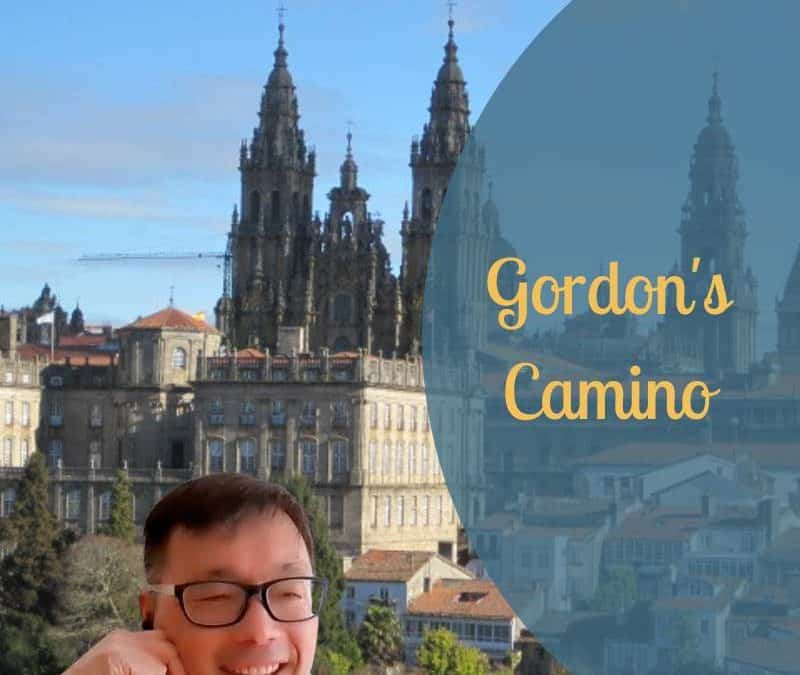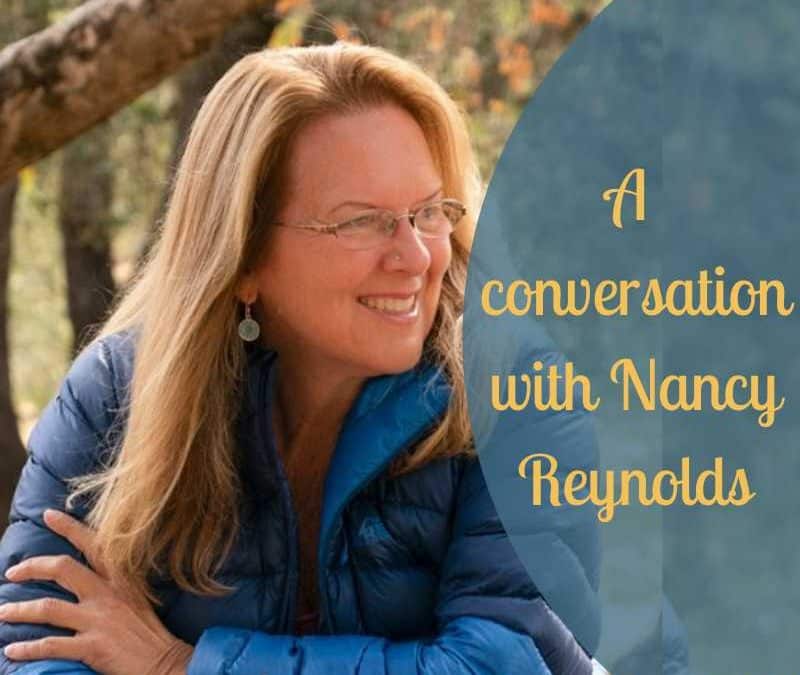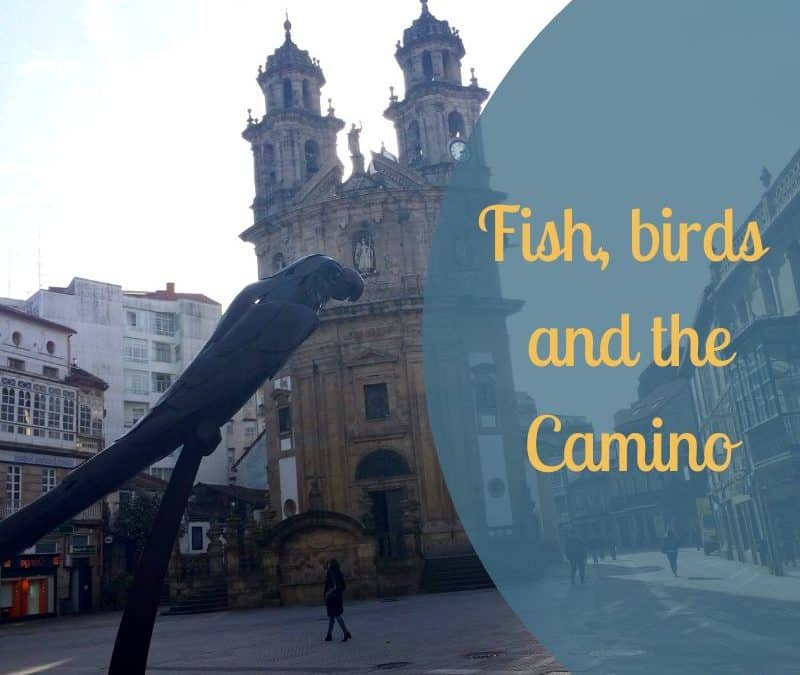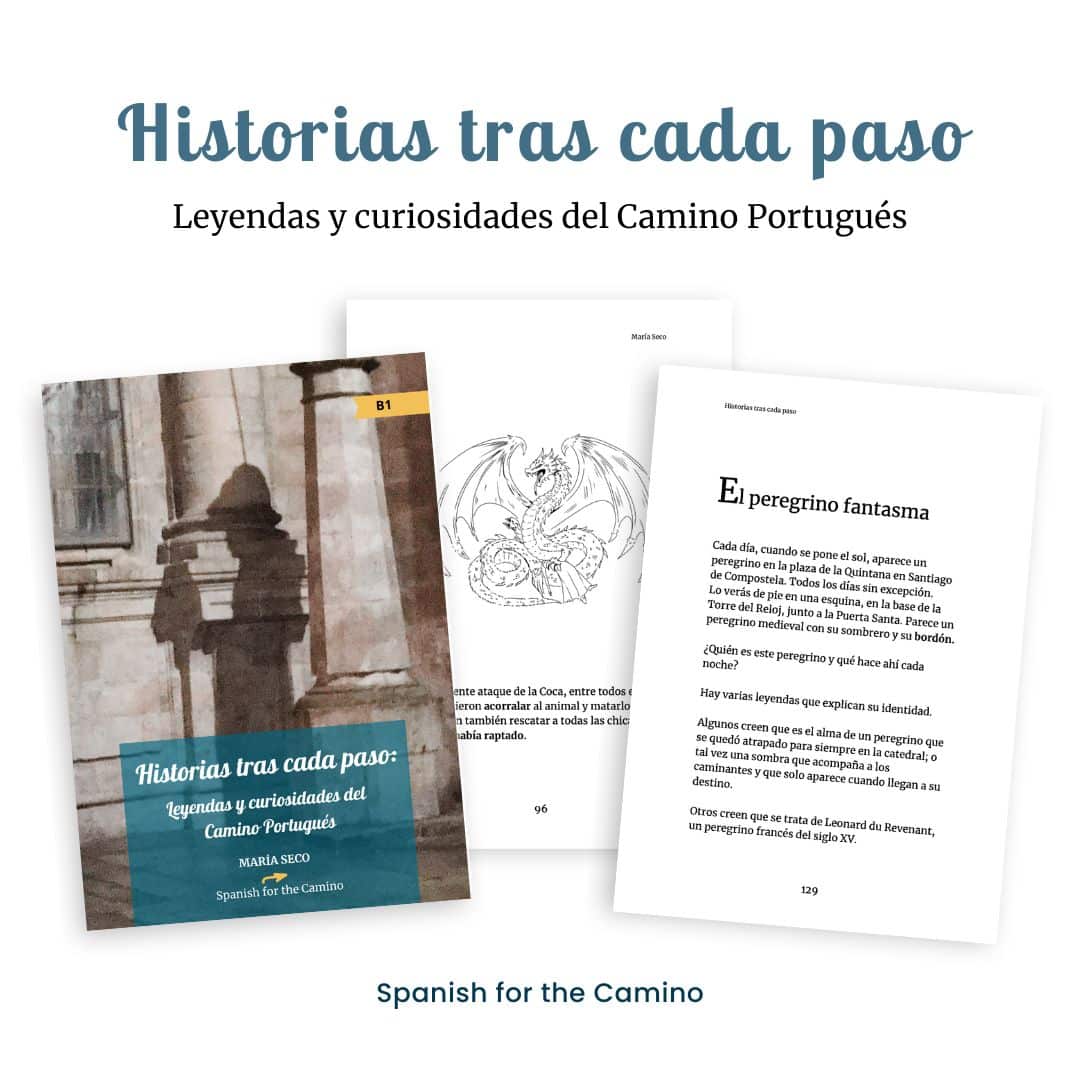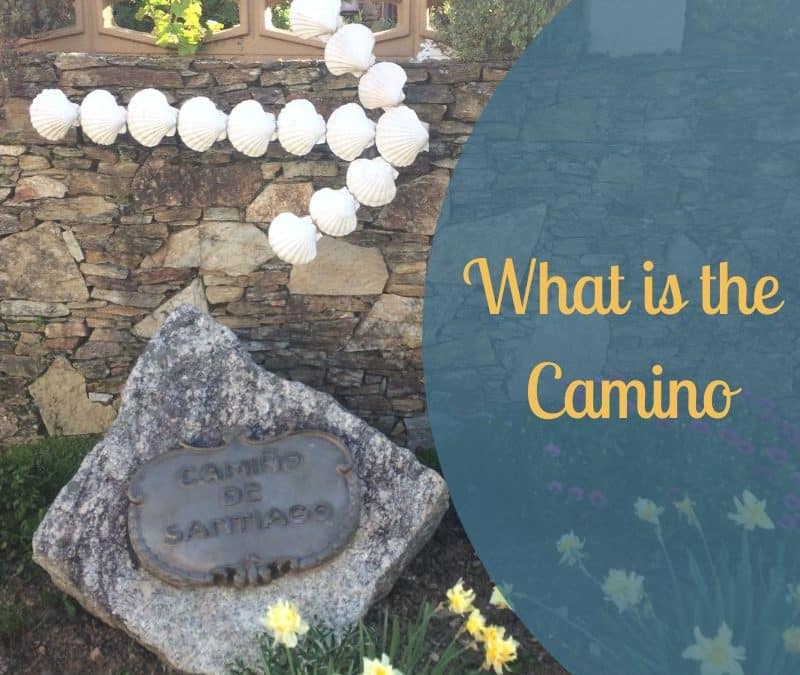
Fabi’s advice for the Camino
I had a new guest in the podcast. Fabi, who is also a Spanish teacher, walked his first Camino in 2017. In our conversation, Fabi shares his experience on the Camino Francés, as well as some lessons he learned the hard way. So, if you’re planning your first Camino, pay attention to Fabi’s advice.
You can listen to our conversation in Spanish:
Or, if you’re not up for it, you can read here an account of what he told me. In English.
In 2027, Fabi walked the five final stages of the Camino Francés, starting in Sarria and ending in Santiago de Compostela, with 2 friends. He soon discovered that he wasn’t wearing the right shoes and after only one hour into his first day, he got his first blister. Luckily, he had a second pair of shoes, and those were a better fit, so he was able to continue.
Although he had traveled to Sarria with 2 friends, Fabi decided to walk by himself on the second day, because he wanted that time to reflect and think about his life and the future. But something else happened that second day. Half way to Palas de Rei, it started raining very heavily. Fabi was prepared for the rain. But, when he got to Palas de Rei, he couldn’t find his accommodation; so he tried to find his way with the help of his phone… but the phone got wet in the rain and it stopped working after he arrived at his albergue. The next day, on his way to Arzúa, he stopped in Melide to buy a new phone. And what do lots of pilgrims do in Melide? That’s right, eat octopus. So, that’s what Fabi did. And he drank some cider too. That was his second breakfast!
The rest of the days were less eventful, but an enjoyable experience all the same. He met pilgrims from other parts of Spain along the way and it was exciting to arrive in Santiago and sit on the square, in front of the cathedral, to celebrate together that they had made it. After that, they continued the celebration with a mariscada, or big seafood meal.
In the future, Fabi would like to walk again, either a different route, or the Francés again but in reverse, towards France.
His advice for those planning their first Camino:
- make sure you got the right shoes, comfortable and not new.
- the right socks are quite important too.
- use some gel or vaseline to prevent blisters and chafing.
- pack light. You can wash your clothes every day after you finish walking, so you don’t need to carry loads.
- be open to new people, new places and don’t be afraid to go on your own because you will soon meet others.
Here’s where you can find Fabi:
Want more?
Make sure you don’t miss any posts or announcements by subscribing for free here. You’ll receive the transcripts + vocabulary guides + interactive exercises of episodes 1-5 of the Spanish for the Camino podcast. And… you’ll get access to exclusive content too.

